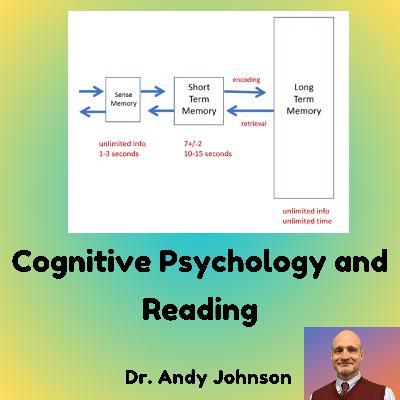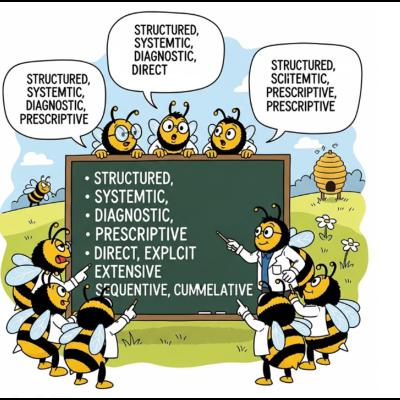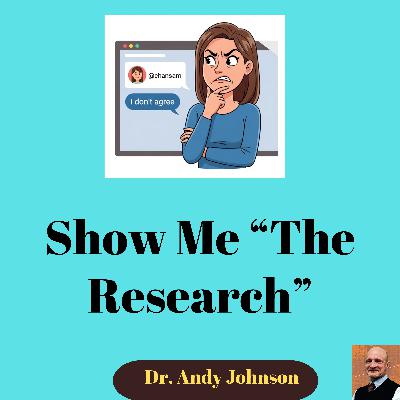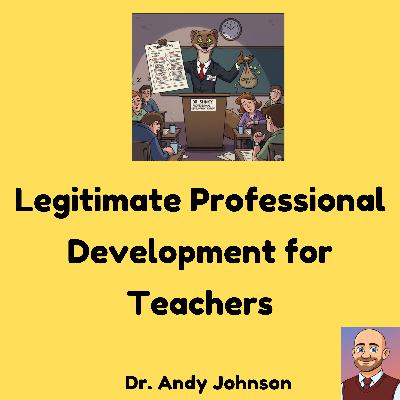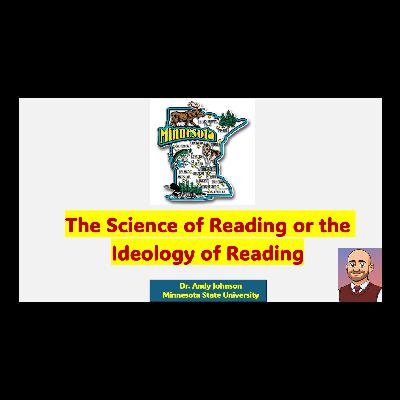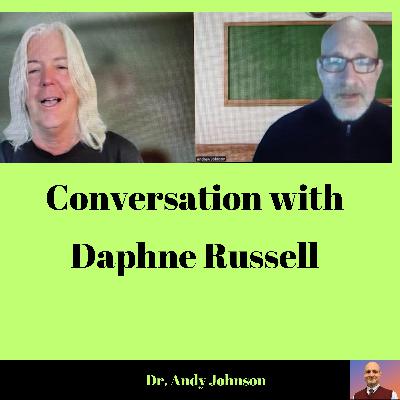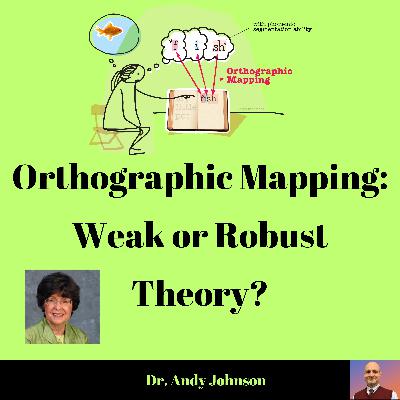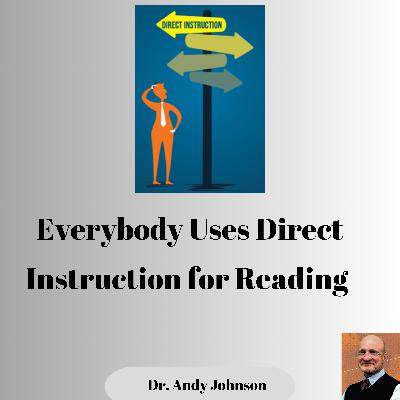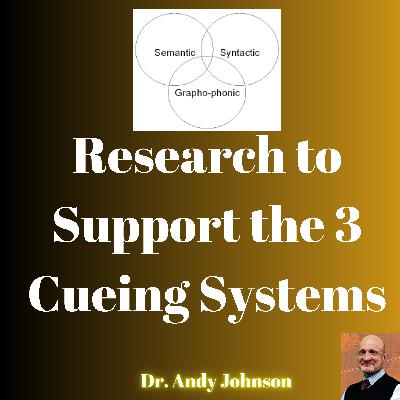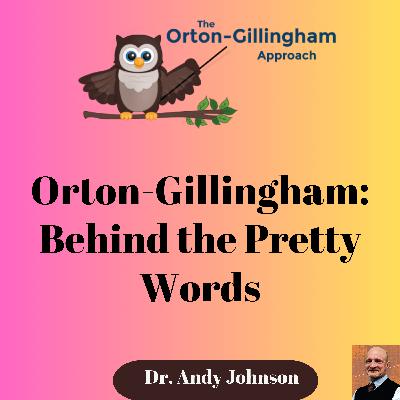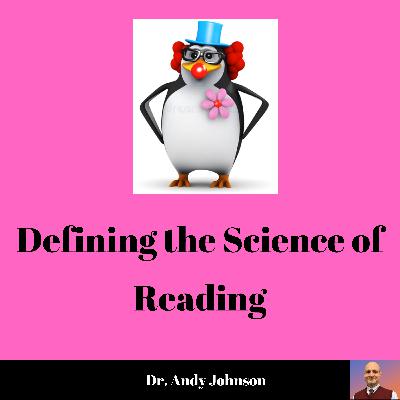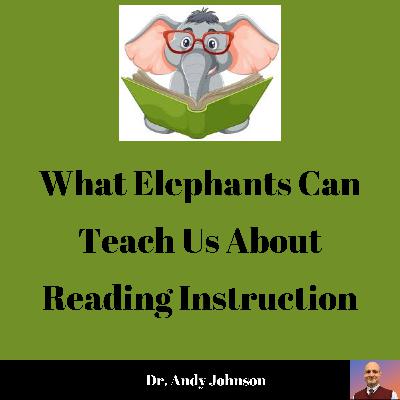Cognitive Science and Reading
Description
Neuroscience is a study of the nervous system including the brain, spinal cord, and neurons (NIH, 2025). The neuroscience of reading looks at how the brain functions during reading using imaging techniques to detect blood flow and electrical energy (Gotlieb, et al., 2022). Cognitive science is based on the word ‘cognition’ which means thinking. Cognitive science looks at human thinking (Robinson-Riegler & Robinson-Riegler, 2012). One studies the physical brain as it thinks and the other studies the thinking the brain does. But we can’t observe thinking directly. We can only observe the effects of thinking. Thus, both fields look at the effects of thinking to make deductions about thinking itself.
The first part of this podcast is designed to help you understand how reading works from a purely cognitive perspective. This provides an important context for the second part where I examine the theory of orthographic mapping (Ehri, 2014). Orthographic mapping is a theory based on logical deductions made from research. The questions we must ask are how robust is the theory, how valid are the data upon which it is based, and how logical are the deductions? My conclusions are, not very, not very, and not very.

